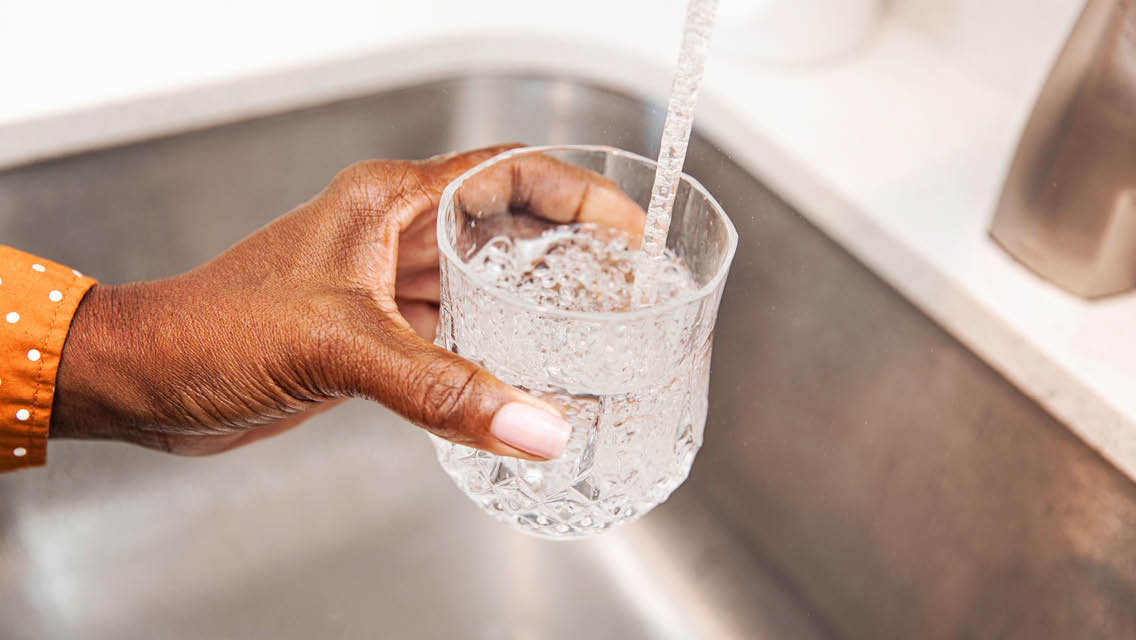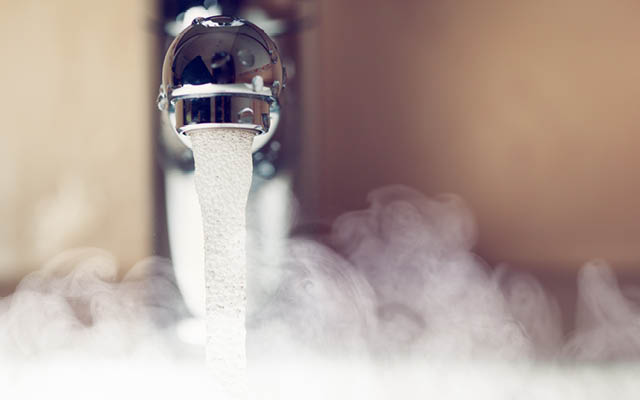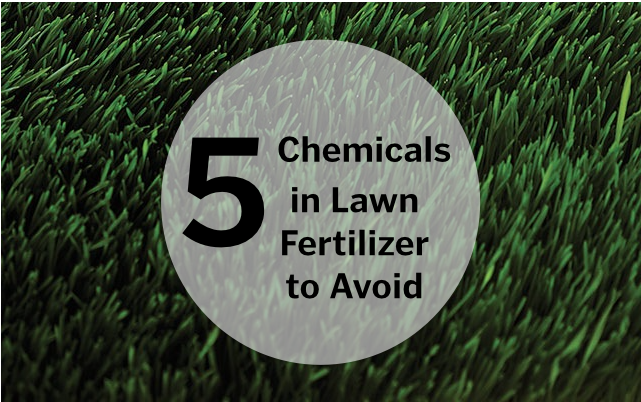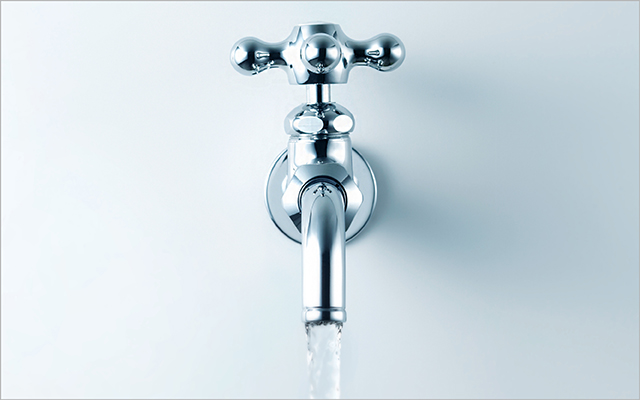Care for an antibiotic-anti-depressant-blood-thinner-hormone-painkiller cocktail — shaken, not stirred, of course?
You might be drinking one each time you sip some water.
These are just a few of the 82 medications and other contaminants that U.S. Geological Survey (USGS) researchers found in 80 percent of the freshwater samples from 139 streams in 30 states. Tests by the USGS from 2002 to 2018 indicate widespread pharmaceutical pollution in streams, rivers, and groundwater.
And the problem is global: A 2018 review identified more than 600 active pharmaceutical ingredients in the environment and drinking water worldwide.
“There is little doubt that these compounds have been present in the environment for decades and perhaps even longer,” says USGS research ecologist and hydrologist Paul Bradley, PhD. “It’s possible that there have been long-term ecological consequences that are reaching a critical stage.”
Many of the 4,000-plus prescription medications humans and animals consume ultimately find their way into the environment, according to the USGS. Pharmaceutical contamination comes from several key sources, although it’s difficult to determine exactly how much comes from each one.
For instance, Big Pharma manufacturing plants may leak pollution directly into the environment, as a 2020 report by the American Chemical Society shows. Antibiotics given to animals on farms and feedlots can work their way into the water.
A key source of pharma pollution is household pharmaceuticals from aspirin to prescription drugs, according to the World Health Organization (WHO) and the U.S. Environmental Protection Agency (EPA). And this problem is not new: As a 2011 Harvard Medical School report noted, “The typical American medicine cabinet is full of unused and expired drugs, only a fraction of which get disposed of properly.”
When we’re left with unused over-the-counter and prescription medicines and nutritional supplements (which can contain chemicals and genetically modified ingredients), we often dump them down the drain or into the toilet. Drugs and chemicals contained in beauty and personal-care products that aren’t absorbed through our skin get washed away. And pharma pollution also comes from our urine — between 30 and 90 percent of an oral dose of medicine or supplements is excreted as an active substance.
Water-treatment facilities and septic systems capture only about half of all pharma pollution, according to some estimates. The rest can seep back into the groundwater and return via your tap, whether you have a well or public water system.
Unknown Impacts
The good news is that discarded pharmaceuticals are found in drinking water at significantly lower doses than what we are normally prescribed. Still, there are few studies on the effects of chronic and compounded exposure, according to the WHO.
“We’re largely ignorant about the specific impacts of pharma pollution and other emerging contaminants like PFAS from firefighting foams on human health at the levels found in drinking water,” explains James Salzman, JD, MSc, professor of environmental law at the University of California, Los Angeles, and author of Drinking Water: A History. (PFAS are manmade chemicals with waterproof, stain-resistant, and nonstick properties and are commonly found in food, food packaging, cookware, cleaning products, and waste-treatment facilities.)
Active pharmaceutical ingredients in water are particularly concerning: They come from antibiotics, anticancer products, and hormonal medications, such as birth-control pills that can disrupt the human endocrine system and disturb development and reproduction. Endocrine-disrupting medications have been found to change the sex of amphibians and may play a role in their declining population numbers.
Antibiotics in drinking-water supplies raise larger health concerns: Research has established a link between antibiotic use in animals grown for food and the spread of antibiotic-resistant bacteria in human populations. More exposure means more superbugs potentially resistant to treatment. (To learn more about this threat, visit “Invasion of the Superbugs“.)
Damage Control
Residents of densely populated areas may be at greatest risk from pharma pollution, but it’s also turning up in remote, idyllic U.S. areas. People in India and China — where most drugs are manufactured — may be especially vulnerable.
Pharma waste is predicted to increase in freshwater ecosystems by 65 percent by 2050 if action isn’t taken, according to researchers at the IHE Delft Institute for Water Education. Sewage and water-treatment systems can be upgraded, but improved filtration may not be enough to recover from the current concentration levels, they report.
“It’s not obvious what to do about the problem nationwide,” explains Salzman. “People want safe water, but we don’t want to pay too much on our utility bills.”
Indeed, there’s little pharma-pollution monitoring or enforcement in the United States. And while there have been calls for lawmakers to tighten regulations, Big Phharma routinely opposes them.
The Natural Resources Defense Council, an environmental advocacy group, has called for eco-friendly drug design as well as improved manufacturing and regulatory approval processes. And the EPA has stepped up education efforts at healthcare facilities and in agribusiness.
The agency also recently added 10 pharma compounds — one antibiotic and nine hormones — to its watch list of potentially harmful contaminants, which could lead to future regulation.
This article originally appeared as “Your Water on Drugs” in the April 2021 issue of Experience Life.





This Post Has One Comment
[…] will support coral and multispecies growth over time, but they carry the risk of introducing more toxins into the water. Concrete, for instance, is alkaline, and can burn fish scales. Solving one problem […]